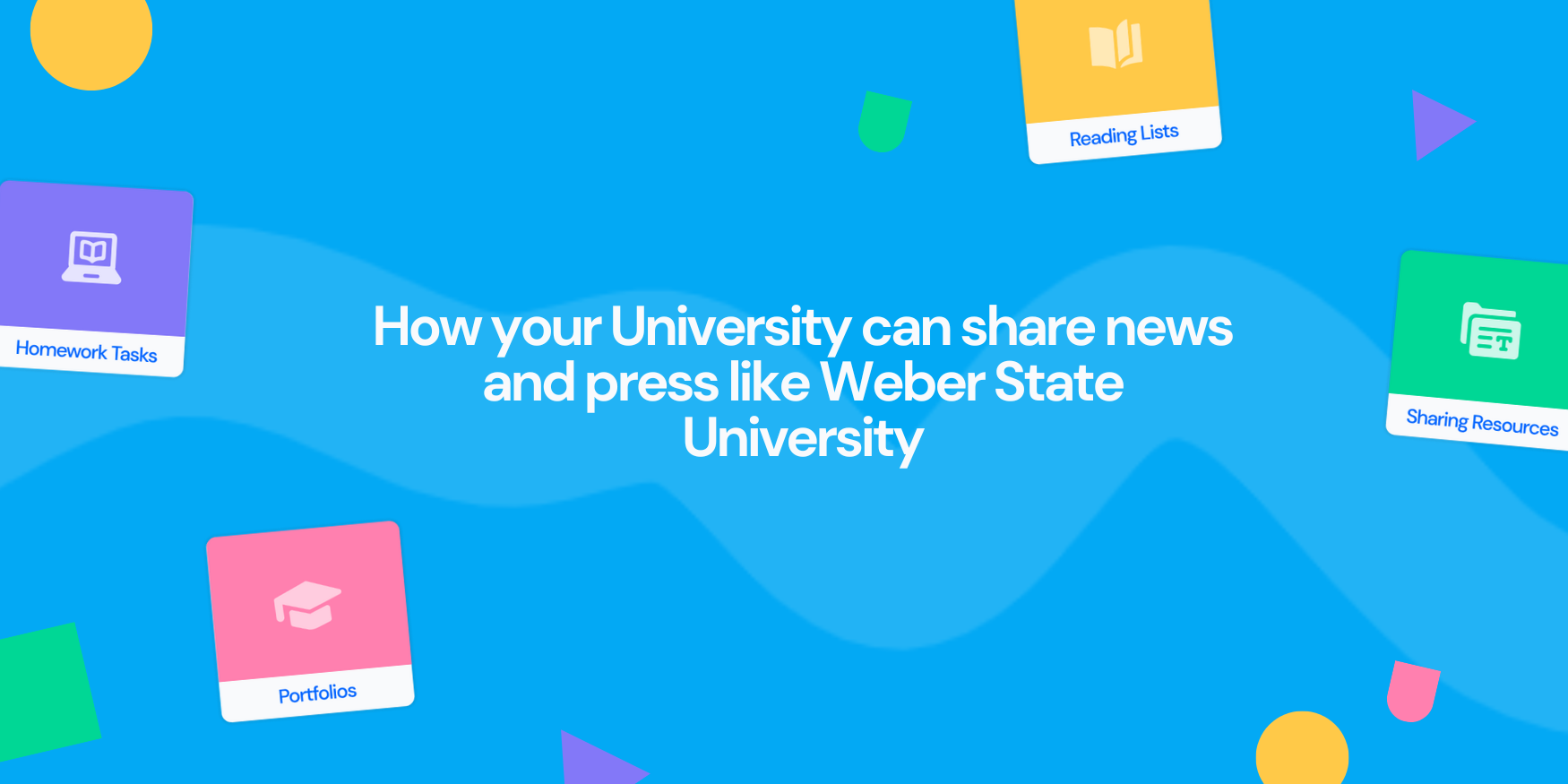How to use Wakelet: digital storytelling
Did you know that you can use Wakelet to tell a story? We investigate digital storytelling, what it is and how to get started
What is digital storytelling?
Digital storytelling is where people use digital tools to tell their stories. Essentially, it’s what happens when you combine modern digital technologies with the ancient art of storytelling. A digital story can include almost anything; text, images, video, audio, social media posts and interactive elements like maps.
One of the best things about digital storytelling is that it’s different from the conventions of traditional storytelling. Digital stories can be interactive, visual, short, long or non-linear – no rules apply. So, whether you prefer to tell your story through tweets like Dear David or with emotionally-charged imagery and scene-setting audio, with digital storytelling you can tell the story you want to tell in a way that’s meaningful to you.
And it’s not just the creativity that makes digital storytelling so desirable, it has an immediacy that traditional stories just can’t compete with. Digital stories can be more like TV episodes than books with some storytellers updating their work on a daily or weekly basis. And the use of imagery, video, audio and other media makes it easy to immerse yourself in the story. That’s why digital stories are often so compelling, emotionally engaging and interactive. Imagine being able to follow an interactive map of the moors and listen to the whistle of the wind while reading Wuthering Heights, for example, or having the option to open up a PDF detailing the rules of Quidditch while catching up on Harry Potter.%20(1).png?width=1800&height=100&name=Get%20started%20for%20FREE!%20(900%20x%2050%20px)%20(1).png)
What can digital storytelling be used for?
Digital storytelling is such a creative and versatile form of expression that it’s been embraced by a wide range of people and institutions.
Charities like Make-A-Wish have used Wakelet to tell the stories of the children they work with, using a mixture of social media posts, images, text and video to tell the story of a very special day in a child’s life. It helps to bring the charity’s work to life in a way that a traditional text-only story might not.
Digital storytelling has also been used by public health organisations to raise awareness, by museums to tell the story of a particular artwork or exhibition, in libraries, and on training courses. It’s also been embraced by businesses, both large and small. Start-ups have used digital storytelling as a pitch tool – it’s a great way to bring their company journey to life – while larger companies have used user-generated content to tell a story about their services.
How do educators use digital storytelling?
One of the sectors that has seen the potential in digital storytelling platforms, like Wakelet, is education. With creative expression in the classroom more important than ever, it makes sense that new forms of storytelling are gaining traction. It’s a lot more fun than traditional storytelling, after all. And it’s open to all, even those kids who don’t typically engage with education.
For students, creating a digital story based on a topic or theme can help bring that topic to life and reinforce what they’ve learned in class. Whether they’re asked to tell the story of a historical event or showcase a story from their community, digital storytelling is a great way to develop narrative skills and increase the vocabulary of children of all ages.
And those aren’t the only skills digital storytelling can improve. Setting a storytelling task challenges students to use their research skills, writing ability, tech know-how, presentation and problem-solving skills.
For teachers, digital stories can be a valuable teaching tool, providing further context to a topic or facilitating class discussions.%20(1).png?width=1800&height=100&name=Get%20started%20for%20FREE!%20(900%20x%2050%20px)%20(1).png)
Feeling inspired to give digital storytelling a try? Sign up to Wakelet for free to get started today

